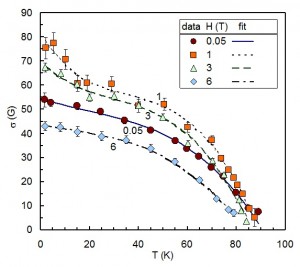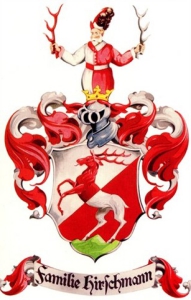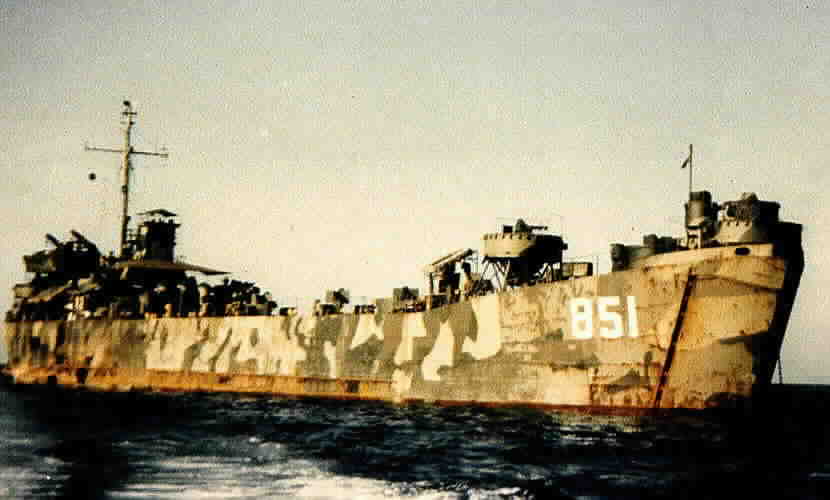Fluxon Pinning in the Nodeless Pairing State of Superconducting YBa2Cu3O7, A. T. Fiory, Dale R. Harshman, J. Jung, I.-Y. Isaac, W. J. Kossler, X. Wan, A. J. Greer, D. R. Noakes, C. E. Stronach, E. Koster and John D. Dow [slides]
Positive-muon spin rotation (μ+SR) spectroscopy and magnetic moment measurements were used to probe fluxon (or vortex) formation in the superconducting mixed state of a high-purity YBa2Cu3O7 crystal. Random potentials caused by crystal-lattice defects pin fluxons. A fluxon lattice forms in an external magnetic field, and changes of thermal activation lead to fluxon pinning and depinning. The root second moment of the local magnetic field distribution (σ) determined by μ+SR contains information on the magnetic penetration depth and the pinning. Fluxon pinning leads to temperature-dependent transverse displacements of the fluxons that decrease σ and also fluctuations in the separation between fluxons that tend to increase σ. By accounting for the field-dependent and temperature-activated fluxon disorder, it is found that the experimental results for the penetration depth are consistent with a superconducting order parameter of a strong-coupling two-fluid model, confirming that the superconductivity is nodeless with s-wave superconducting pairing. Quantitative results for fluxon displacements are discussed within the context of the fluxon field-temperature phase diagram.
A. T. Fiory, Dale R. Harshman, J. Jung, I.-Y. Isaac, W. J. Kossler, X. Wan, A. J. Greer, D. R. Noakes, C. E. Stronach, E. Koster and John D. Dow, Invited Paper, in Proceedings of the 133rd Annual Meeting of the Minerals, Metals, Materials Society (TMS), Charlotte, North Carolina, 14-18 March 2004, Journal of Electronic Materials 34, 474 (2005).












